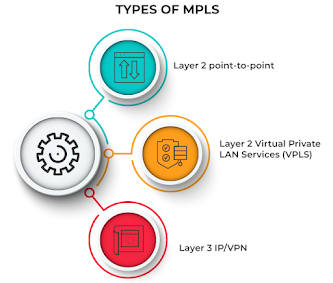International Conference on Network Protocols

Network Protocols Conference organized by ScienceFather group. ScienceFather takes the privilege to invite speakers, participants, students, delegates, and exhibitors from across the globe to its Global Conference on Network Protocols conferences to be held in the Various Beautiful cites of the world . See more information: – network.sciencefather.com Visit Our Website : https://networking-events.sciencefather.com/awards/ Nomination Link : https://x-i.me/primemb Registration Link : https://x-i.me/prireg1 Contact us : network@sciencefather.com Social Media : Facebook : https://x-i.me/net23f Linked in : https://x-i.me/net23l Youtube : https://x-i.me/net23u Instagram : https://x-i.me/net23m Pinterest : https://x-i.me/net23p #network #protocols #servers #webs #neuralnetwork #networkanalysis #networkawards #networkavailability #networkscalability #networkrecovery #networksustainability #networkprotocols #networking #networkengineering #networksecurity #networkloadbalancin


